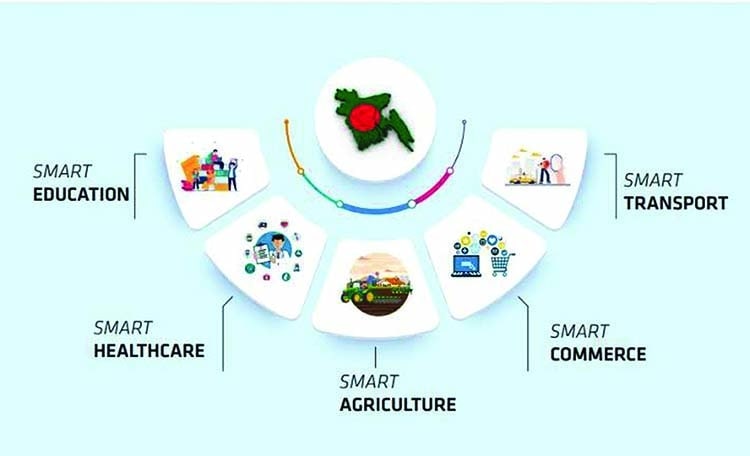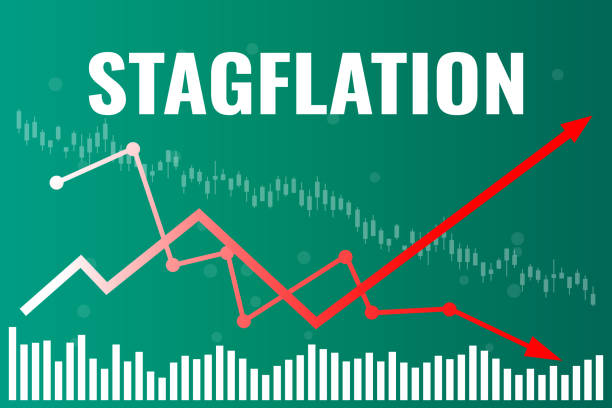Stagflation is a unique economic phenomenon that occurs when an economy experiences both high inflation and stagnant economic growth. This combination of high inflation and economic stagnation creates a challenging environment for policymakers, economists, and individuals. Stagflation is a rare occurrence, but it has had a significant impact on global economies in the past. This article provides a comprehensive overview of stagflation, including its causes, effects, and remedies.
Table of contents
What is Stagflation?
Stagflation is a term that refers to a unique economic situation where an economy experiences high inflation and stagnant economic growth simultaneously. Stagflation is a rare phenomenon that has been observed in some major economies, including the United States, United Kingdom, and Japan. Stagflation can have severe economic consequences, including high unemployment, low economic growth, and increased income inequality.
Causes of Stagflation
Stagflation can occur due to a variety of factors, including supply-side shocks, demand-side shocks, and monetary policy. Supply-side shocks occur when there is a sudden reduction in the supply of key inputs or factors of production, such as labor or raw materials. Examples of supply-side shocks include sudden increases in the cost of energy or raw materials or disruptions in the supply chain. When supply-side shocks occur, firms face increased costs, which they may pass on to consumers in the form of higher prices. This can lead to inflation, which can reduce the purchasing power of consumers and create an economic slowdown.
Demand-side shocks, on the other hand, occur when there is a sudden reduction in demand for goods and services. This can happen due to a variety of reasons, such as changes in consumer preferences or changes in government policies. When demand-side shocks occur, firms face reduced demand for their products, which can lead to lower economic growth and increased unemployment.
Monetary policy can also contribute to stagflation. Central banks can increase the money supply to stimulate economic growth. However, if the central bank increases the money supply too much, it can lead to inflation. Additionally, if the central bank raises interest rates to combat inflation, it can lead to reduced economic growth and increased unemployment.
Effects of Stagflation
Stagflation can have severe economic consequences, including high unemployment, low economic growth, and increased income inequality. High inflation reduces the purchasing power of consumers, which can lead to reduced economic activity. Additionally, inflation can make it more challenging for firms to plan for the future, as they face uncertain costs and revenues.
Stagflation can also lead to increased income inequality. As inflation reduces the purchasing power of consumers, those with lower incomes may struggle to afford basic necessities, such as food and housing. This can lead to increased poverty and inequality.
Remedies for Stagflation
Stagflation is a challenging economic situation to address. However, policymakers have several tools at their disposal to combat stagflation. One of the most effective ways to combat stagflation is to address the underlying causes. For example, if stagflation is caused by supply-side shocks, policymakers can take steps to increase the supply of key inputs or factors of production, such as labor or raw materials. Additionally, policymakers can take steps to address demand-side shocks, such as through fiscal stimulus or changes in government policies.
Another way to combat stagflation is through monetary policy. Central banks can adjust interest rates to combat inflation. Additionally, central banks can adjust the money supply to stimulate economic growth.
Conclusion
Stagflation is a unique economic phenomenon that occurs when an economy experiences both high inflation and stagnant economic growth. Stagflation can have severe economic consequences, including high unemployment, low economic growth, and increased income inequality. Stagflation is a rare occurrence, but it has had a significant impact on global economies in the past and may continue to do so in the future. Policymakers and economists must understand the causes and effects of stagflation to develop effective strategies to combat it.
Bibliography
- Mankiw, N. G. (2014). Principles of macroeconomics. Cengage Learning.
- Blinder, A. S., & Solow, R. M. (1973). Does fiscal policy work?. Brookings Papers on Economic Activity, 1973(2), 651-682.
- Krugman, P. (2013). End this depression now!. WW Norton & Company.
- Romer, D. (2012). Advanced macroeconomics. McGraw-Hill Higher Education.
- Taylor, J. B. (2013). The monetary policy response to the crisis. Economics Books, Princeton University Press.
- Friedman, M. (1976). Inflation and unemployment. The Journal of Political Economy, 84(4, Part 2), 451-472.



 For all latest articles, follow on Google News
For all latest articles, follow on Google News